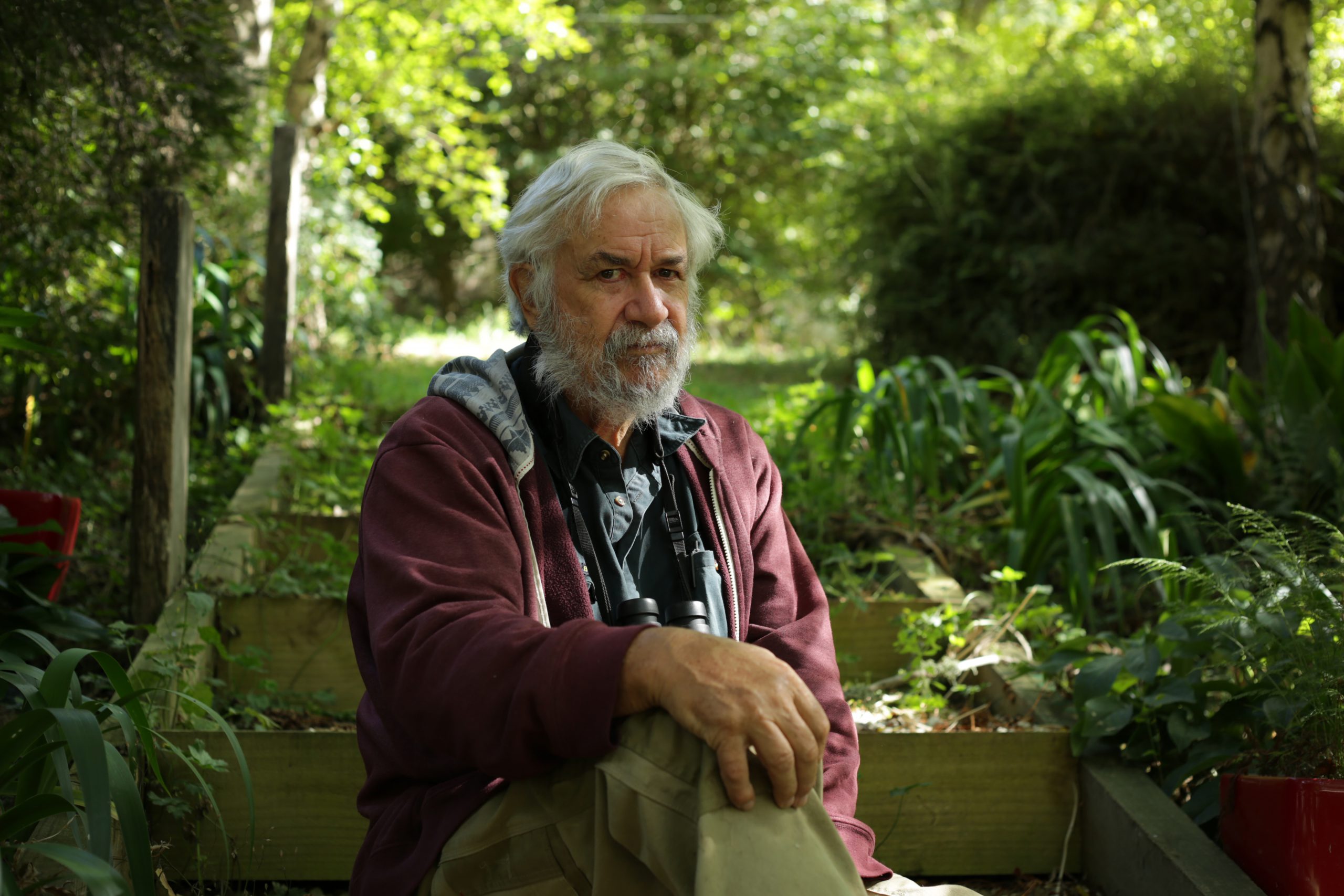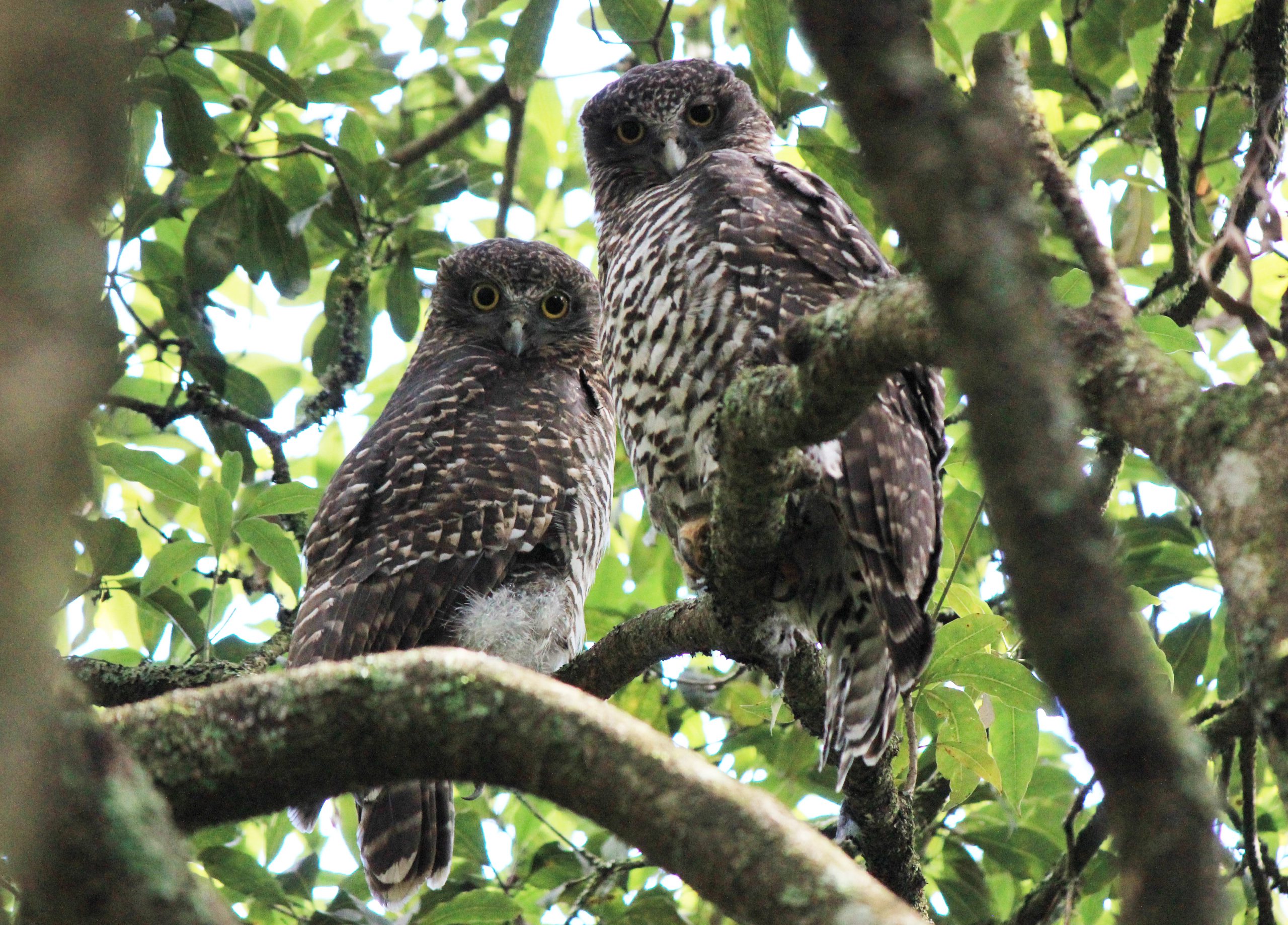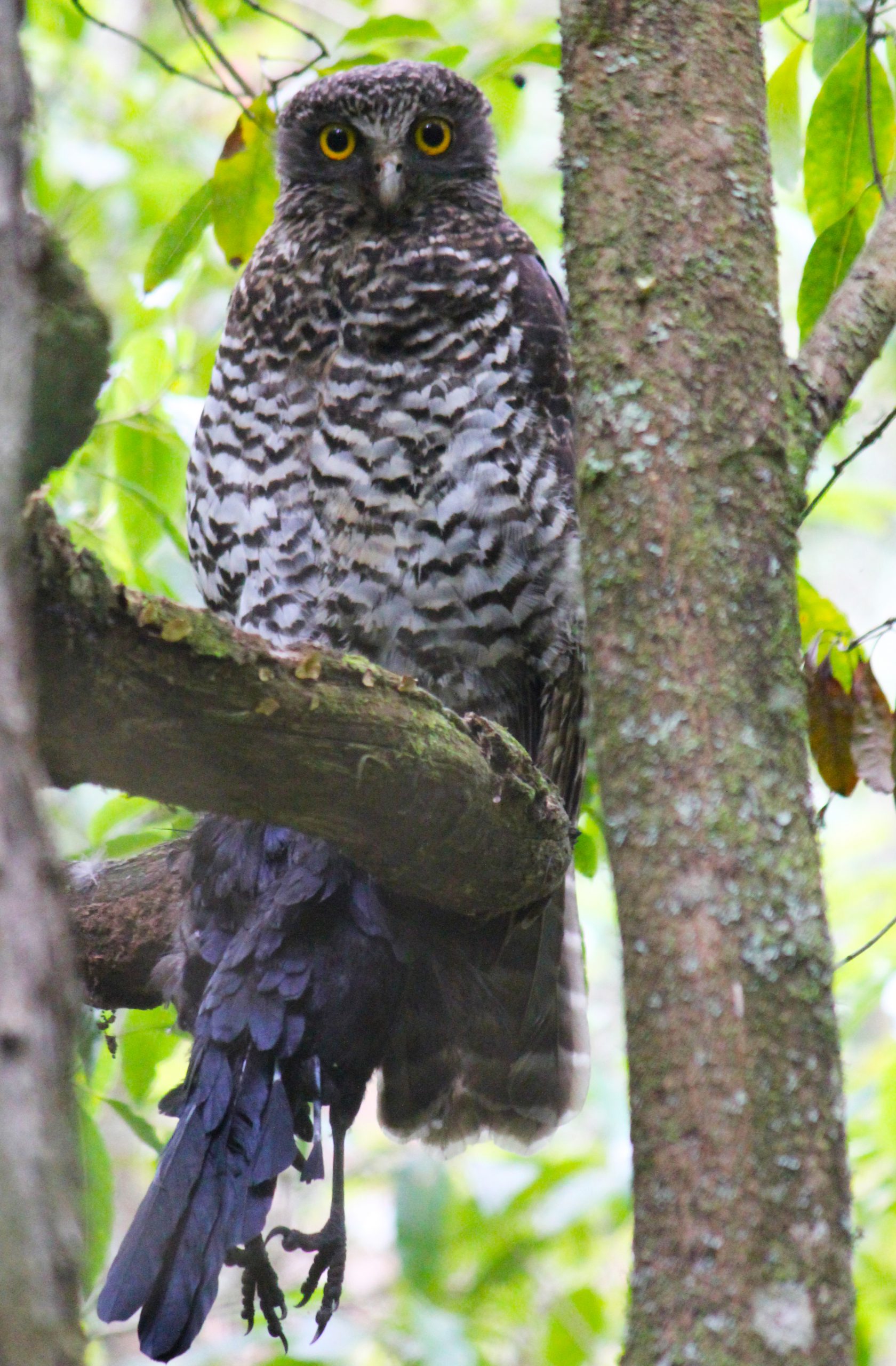Retired secondary teacher David Mules had been looking for Gippsland’s largest, nocturnal, winged predator for about three years when an email from his son Michael dropped into his inbox.
“It simply said, ‘haha’. And it had an attachment,” Mr Mules, a Narracan resident, said.
“It was a photograph, in Heidelberg, of a powerful owl with a flying fox in its talons.”
He said it didn’t annoy him.
Mr Mules joined the Latrobe Valley Field Naturalists group about 25 years ago which later became involved in a regular powerful owl monitoring program, run by Department of Sustainability and Environment’s Dr Rolf Willig and Parks Victoria ranger Shane Atkins, before the funding dried up.
The naturalists would venture out into national parks after dark and project recordings of a handful of owl species into the moonlight and wait for a response.
Mr Mules’ first encounter with the great yellow-eyed bird was at a playback session.
“We were at Mirboo North. We’d finished the [playback] session and I’d started spotlighting. Rolf had gone one direction, I’d gone another direction,” he said.
“I was looking at a pair of greater gliders and having a ball and suddenly there was ‘hoot hoot’ noises and Rolf called ‘Dave, Dave, get here!’ and he had a pair above him; they were hooting and carrying on.”
Finding one of the “big, beautiful” birds in his own backyard had its own thrills.
Mid-morning Mr Mules was walking up the hill to his dam when he heard scrub wrens, honeyeaters, thornbills and blackbirds causing a fuss.
“They were scolding quite high up in the trees and that was what they were scolding, the powerful owl,” he said.
“That’s how I found other owls at other times and sometimes it’s a snake or sometimes it’s a cat.
“The birds sort of mob them to let each other know where they are.”
During the owl’s homestay Mr Mules captured the bird on camera making a meal of a magpie and another time, gang gang feathers in its grip.
Friends of the Morwell National Park president Matt Campbell has even snapped the owl feeding on a Gippsland icon, the lyrebird.
He said powerful owls only took prey from trees.
“[They] don’t feed off the ground. The lyrebird roost in the tree so that’s when the owl gets them,” Mr Campbell said.
“They feed through the night and come the morning the male will sit at the roost all day with a possum in its talons, in evening call the female over and feed her the remainder of last night’s catch.”
The friends’ group has placed about 80 nest boxes throughout the park, not for the owls themselves but to provide a place for the owl’s prey, such as sugar gliders and ringtail possums, to live and breed.
Parks Victoria ranger Shane Atkins said the top avian predator was found in most national parks around Gippsland.
“There’s two things that owls need. They need food, they also need a breeding area,” he said.
“Food is easy. Owls actually like cities because they’re full of possums and for an owl, that’s great.
“The problem comes when you don’t have any trees with hollows big enough to nest.”
He said it takes 100 to 150 years for a hollow to form in a tree big enough for an owl to nest in and the owls preferred to roost specifically in the middle canopy of a tree.
“You can see why, you know, with logging and things like that in the past some of the areas that were suitable may not be now.”
Powerful owls have threatened status.
Mr Atkins said conservation had to be about figuring out ways to help an animal directly rather than simply putting aside large areas of land.
“People lose sight of why we put it aside in the first place. And then once people don’t care it’s quite easy to have it logged or rezoned to be housing,” he said.
“There’s a lot of work in a national park and things like threatened species, for example, they get pushed to the side while you’re trying to deal with other things like fire, tourism, campers, rubbish dumping.
“All of a sudden the owl … you put the land aside for, he kind of gets pushed [aside].”













